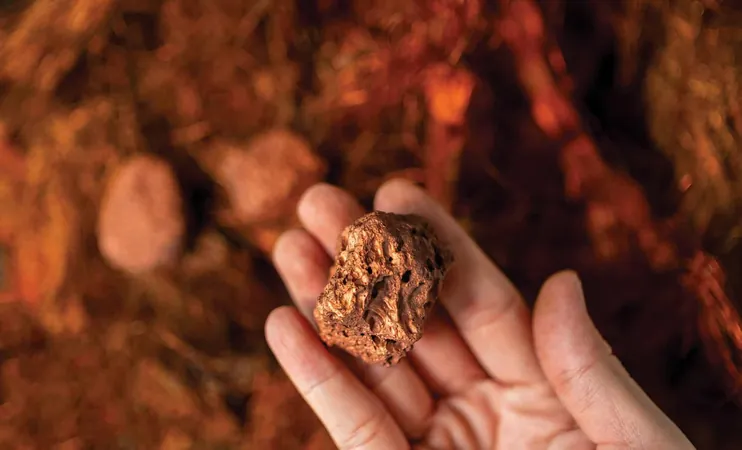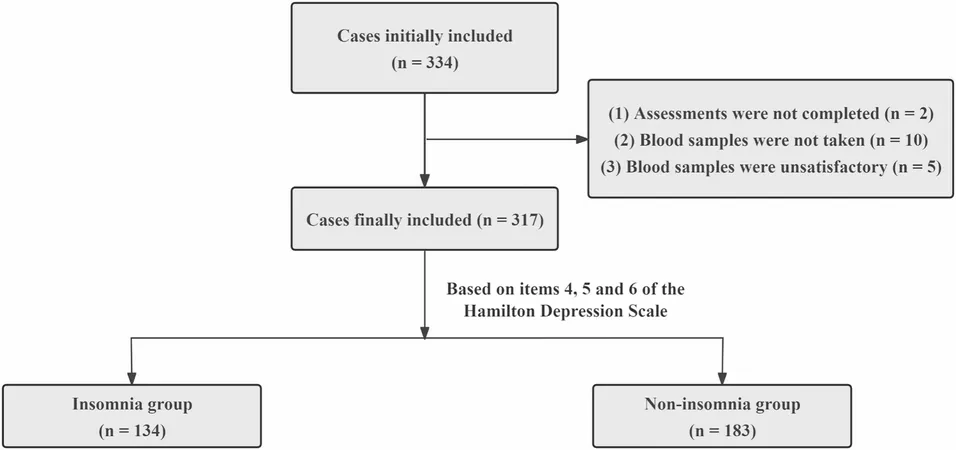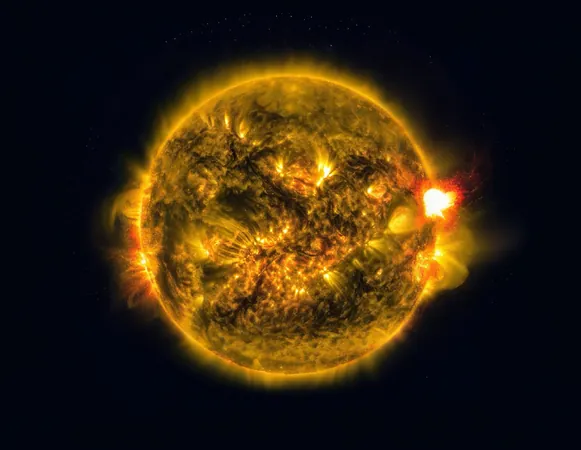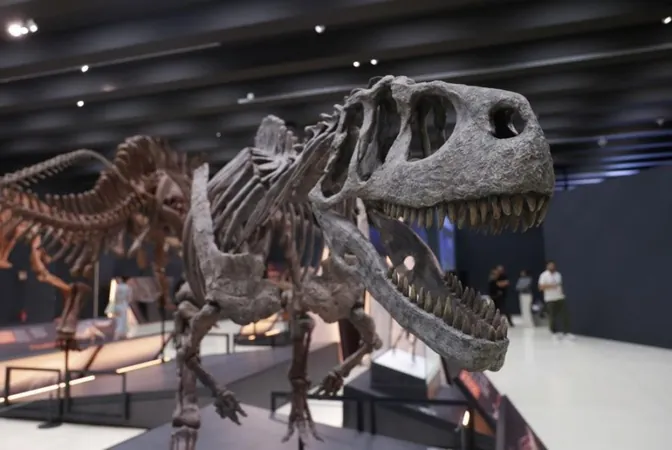
Scientists Uncover the Secrets Behind Massive Copper Deposits Deep Underground!
2025-07-10
Author: Sophie
Unlocking the Mysteries of Copper Formation
A groundbreaking study has exposed the remarkable origins of some of the planet's largest copper deposits, nestled in the Gangdese Belt of southern Tibet. Contrary to traditional beliefs linking these enormous ore bodies to active subduction zones, researchers are unveiling that these vast reserves stem from an ancient tectonic collision between continents!
Why Copper is Key to Our Future
Copper is not just a metal; it’s a cornerstone of cutting-edge technology, powering electric vehicles, energy grids, and sustainable systems. As the world shifts towards cleaner energy solutions, the demand for copper is skyrocketing—a staggering 50% increase is predicted by 2040 to meet ambitious net-zero goals, according to the International Energy Agency. This search for new copper sources has never been more urgent.
The Untold History Beneath Our Feet
Located within the Gangdese Belt, Tibet’s copper deposits hold over 45 million tons of copper with origins tracing back 18 to 13 million years ago. Unlike the conventionally accepted narrative of subduction zone formation, these ores are instead the remnants of a significant tectonic clash from the Miocene epoch, long after the Neo-Tethys oceanic plate vanished beneath Asia.
The Science Behind the Copper
A team led by researchers from the University of Western Australia, including Dr. Yongjun Lu, meticulously analyzed igneous rocks from the region. They categorized these rocks into pre-collisional, syncollisional, and post-collisional suites, revealing the transformation of their chemical composition throughout the tectonic processes.
One key revelation was the dramatic rise in vanadium-to-scandium ratios within the post-collision magmas. This uptick indicated ideal conditions for copper to remain dissolved in the magma as it surged through the Earth’s crust.
The Crucial Role of Recycled Crust
The research also highlighted the significant impact of recycled crustal material on copper deposits. During the colossal collision of the Indian plate with Asia, carbonate-rich surface sediments were thrust deep into the mantle, reaching depths of approximately 60 miles and temperatures exceeding 1,600 °F. Here, they reacted with iron-bearing mantle minerals, oxidizing ferrous iron into ferric iron, thereby increasing the oxidation state of the mantle wedge. This oxidation process allowed copper to remain dissolved instead of forming less accessible sulfide droplets.
As magma stalled in the mid-crust, decreasing pressure led to the precipitation of copper sulfides, resulting in massive ore bodies that can be mined today. Dr. Lu described this as "a second wind for copper-forming magmas," demonstrating how recycled crustal sediments can power copper-rich systems for millennia, even after the oceanic plate disappears.
Shifting Exploration Strategies
This revelation about the origins of copper deposits carries crucial ramifications for mineral exploration. Conventional exploration methods primarily focus on active volcanic arcs, but the findings from Tibet suggest that ancient collision zones could also be treasure troves of copper.
Regions sharing similar tectonic histories, like the Zagros Mountains in Iran or the Lesser Caucasus, may conceal vast, untapped copper reserves. This study opens new horizons for copper exploration in post-collision settings, urging mining efforts towards challenging terrains and elevated altitudes.









 Brasil (PT)
Brasil (PT)
 Canada (EN)
Canada (EN)
 Chile (ES)
Chile (ES)
 Česko (CS)
Česko (CS)
 대한민국 (KO)
대한민국 (KO)
 España (ES)
España (ES)
 France (FR)
France (FR)
 Hong Kong (EN)
Hong Kong (EN)
 Italia (IT)
Italia (IT)
 日本 (JA)
日本 (JA)
 Magyarország (HU)
Magyarország (HU)
 Norge (NO)
Norge (NO)
 Polska (PL)
Polska (PL)
 Schweiz (DE)
Schweiz (DE)
 Singapore (EN)
Singapore (EN)
 Sverige (SV)
Sverige (SV)
 Suomi (FI)
Suomi (FI)
 Türkiye (TR)
Türkiye (TR)
 الإمارات العربية المتحدة (AR)
الإمارات العربية المتحدة (AR)